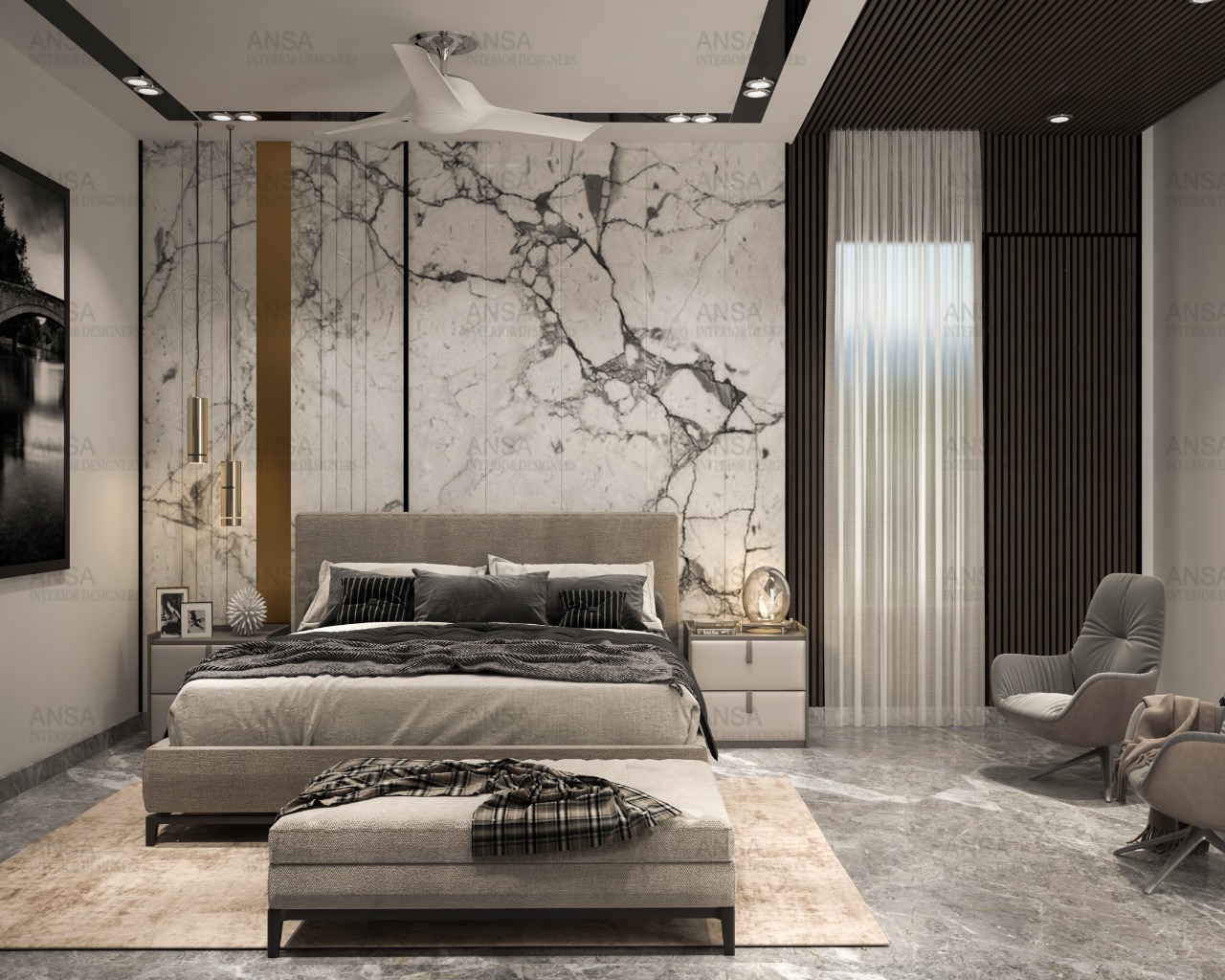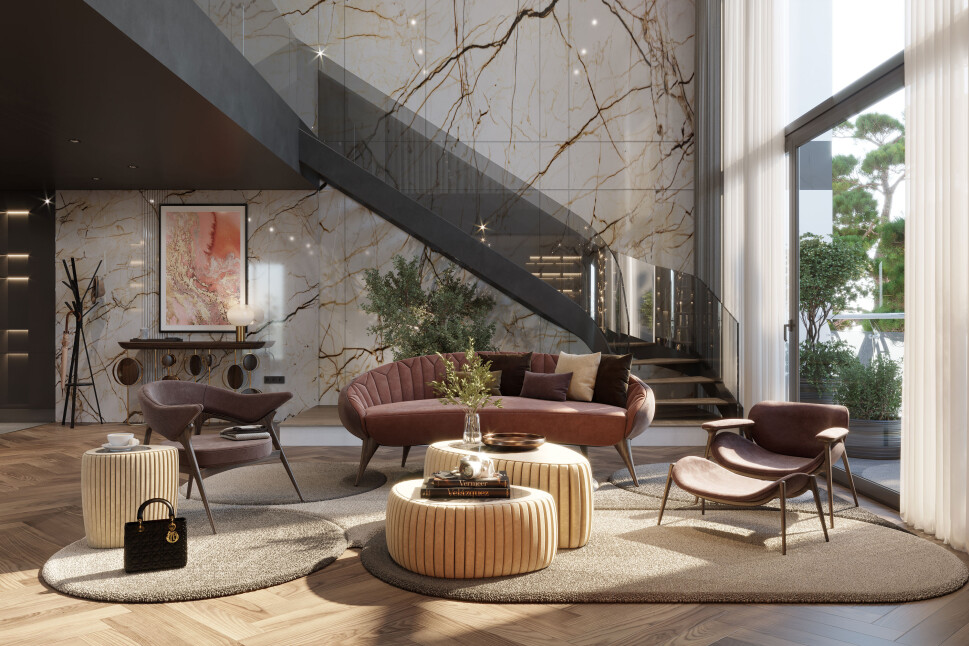Explore Innovative Solutions in Interior Architecture Miami
Explore Innovative Solutions in Interior Architecture Miami
Blog Article
Why Understanding the Principles of Interior Design Is Important for Effective Space Preparation
Recognizing the principles of interior decoration is fundamental to effective room preparation, as it lays the foundation for creating settings that harmonize capability with aesthetic allure. Necessary elements such as balance, proportion, and flow are not just decorative factors to consider; they are crucial in enhancing just how a space is used. When these concepts are thoughtfully applied, the outcome is an atmosphere that motivates both productivity and health. Yet, many ignore just how these concepts intertwine with functional applications, bring about missed chances in style efficiency. Exploring this link discloses understandings that can transform any area.
Importance of Room Preparation
Area planning is a fundamental aspect of interior decoration that dramatically affects the performance and looks of a room. It includes the calculated plan of furniture, fixtures, and building aspects to optimize the use of available room while improving the general user experience. Effective room planning addresses various factors, consisting of flow, availability, and the particular requirements of the occupants.
Among the key advantages of room planning is its capacity to enhance spatial effectiveness. Luxury Interior designer Miami. By thoughtfully arranging a layout, developers can guarantee that every location serves an objective, decreasing mess and promoting a feeling of order. Furthermore, correct area preparation fosters an unified environment, permitting seamless activity and interaction within a room
Furthermore, effective space preparation takes into account natural light, sightlines, and the relationship in between different areas. This all natural method not just elevates the visual allure however additionally adds to the wellness and performance of the residents. Inevitably, a well-executed space strategy contributes in developing a well balanced and welcoming environment, making it crucial for any interior decoration job.
Trick Principles of Interior Decoration

One basic principle is balance, which can be in proportion, unbalanced, or radial. Balanced equilibrium develops a sense of order, while unbalanced equilibrium provides an extra dynamic visual allure. Another vital concept is proportion and range, ensuring that the dimension of furnishings and design components relate sympathetically to each various other and the overall area.
Shade concept also plays a considerable duty, influencing state of mind and understanding. Developers use shade palettes to stimulate certain feelings and boost the spatial experience. Furthermore, the principle of rhythm involves creating a sense of movement via rep of forms, patterns, or shades, guiding the eye throughout the space.
Lastly, the principle of emphasis directs attention to focal factors, enabling a clear story within the layout. Interior design studio Miami. By sticking to these vital concepts, interior designers can create environments that not only fulfill useful needs yet likewise resonate with the occupants on an emotional degree
Effect On Performance and Flow

The arrangement of furnishings, the selection of products, and the combination of innovation all play vital functions in achieving optimal capability. As an example, putting seating areas in proximity to workspaces can promote interaction and partnership, thus improving productivity. Additionally, making certain that pathways are unhampered and clear permits efficient motion, decreasing blockage and advertising a natural circulation throughout the space.
In addition, integrating elements such as illumination and color can additionally aid in defining areas, making it much easier for individuals to browse their environment. Thoughtful area planning thinks about not just the physical elements of layout but additionally how individuals interact with their surroundings. Inevitably, a concentrate on capability and flow not just boosts the user experience however also raises the total effectiveness of the area, developing an environment that satisfies the demands of its residents while promoting a feeling of harmony and balance.
Enhancing Visual Appeals and State Of Mind
3 crucial elements-- shade, texture, and illumination-- play essential duties in enhancing the aesthetic appeals and state of mind of an indoor room. Color establishes the emotional why not look here tone; cozy colors like oranges and reds evoke power and warmth, while cooler shades such as blues and greens promote calmness and harmony. Selecting an unified shade scheme can change a room, developing a natural and aesthetically enticing atmosphere.
Structure adds depth and interest, adding to the tactile experience within a room. A mix of textures-- smooth surface areas, deluxe textiles, and all-natural materials-- can create visual intrigue and boost convenience. As an example, combining a soft velvet sofa with a sleek glass coffee table can develop a well balanced visual that welcomes interaction.
Lights, typically a neglected component, dramatically effects state of mind. Natural light fosters an open, ventilated environment, while strategically put synthetic lights can create heat and highlight building features. Dimmer buttons enable adaptability, enabling modifications to suit different tasks or times of day.
Integrating these 3 elements attentively not just elevates the aesthetic allure of a space however also cultivates an ambience that resonates with its intended objective, ultimately enhancing the total experience for its occupants.
Practical Applications in Reality
Using interior design concepts in the real world requires a thoughtful method that incorporates shade, texture, and illumination right into day-to-day spaces. By comprehending exactly how these components interact, individuals can produce atmospheres that are not just aesthetically enticing but unified and also functional.
For instance, in a little living location, using a light shade scheme can make the space feel larger his response and much more open. Strategic use mirrors can improve natural light and produce an impression of deepness. Including numerous appearances via fabrics, such as carpets and paddings, can include heat and rate of interest without frustrating the detects.
Illumination plays a critical duty in find here specifying the ambience. Split lights, including ambient, job, and accent choices, enables versatility in mood settings. In a home office, for instance, a mix of all-natural light, desk lamps, and decorative components can enhance performance while keeping a welcoming atmosphere.
Furthermore, understanding spatial connections and furniture arrangement can lead to improved capability. By sticking to principles such as equilibrium and percentage, one can guarantee that spaces offer their desired function while remaining aesthetically pleasing. On the whole, functional applications of interior decoration concepts substantially enhance the livability and allure of any type of environment.
Verdict
To conclude, recognizing the concepts of interior decoration is important for effective room planning, as it cultivates a balance in between performance and looks. By applying vital concepts such as percentage, color concept, and circulation, developers can create environments that improve both functionality and visual charm. Eventually, this knowledge adds to the advancement of areas that not only fulfill practical demands yet likewise elevate the total environment, bring about more delightful and efficient experiences for individuals.
Recognizing the principles of indoor layout is fundamental to efficient room planning, as it lays the groundwork for developing environments that balance capability with visual appeal.Area preparation is a fundamental aspect of interior layout that considerably influences the capability and visual appeals of an area. In addition, proper space planning promotes an unified setting, allowing for seamless motion and communication within a room.
Additionally, the principle of rhythm includes developing a sense of movement through repeating of shapes, shades, or patterns, assisting the eye throughout the room.
In final thought, recognizing the principles of interior design is vital for reliable space planning, as it promotes an equilibrium in between functionality and aesthetic appeals.
Report this page